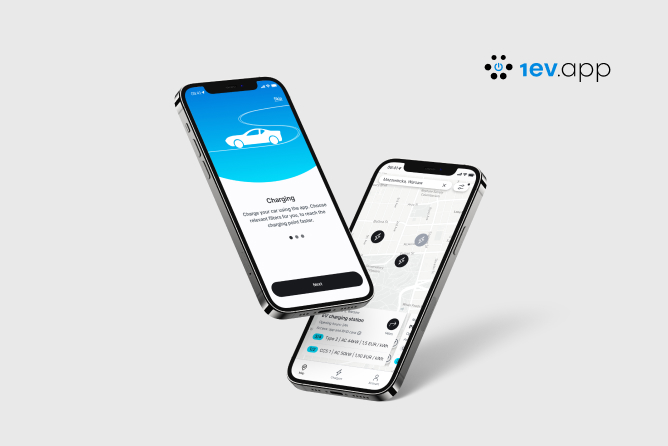Artificial intelligence is increasingly becoming an integral part of the digital product design process. For UX/UI designers, it's not just about simplifying everyday tasks but also about creating more tailored, functional interfaces. AI is transforming how we approach design, and its benefits are already evident in various areas.
Personalizing user experiences
With AI, we can better tailor products to meet user expectations. Artificial intelligence analyzes data on how users navigate apps and websites, their preferences, and how they interact with the interface. Based on this, we can design more personalized experiences. Instead of creating one-size-fits-all solutions, we can adapt the product to what really matters to the user. This not only helps us better understand user needs but also offers a more intuitive and functional interface.
Automating design processes
AI also supports us in automating many design processes. AI-powered tools, like Adobe Sensei, allow for quick adjustments in colors, layouts, and typography based on user preferences. This gives us more time for the creative aspects of work, while repetitive tasks, such as aligning interface elements, become faster and easier. AI also assists in testing different design variants, analyzing user responses to changes, which allows for rapid insights and real-time optimization.
Enhancing accessibility
Thanks to AI, it is easier to create products that are accessible to a wider range of users, including those with disabilities. AI-powered tools, such as speech recognition, make it easier for people with visual or hearing impairments to interact with apps. Automatic generation of alt text and the ability to adjust interfaces for users with motor limitations make design more inclusive. To learn more about making your product more accessible and effective, check out our digital product workshops. This approach not only improves accessibility but also builds a positive brand image by catering to diverse user needs.
Challenges in working with AI
Although AI offers many benefits, it is not without its challenges. One of the issues is properly aligning algorithms with the user's context. While AI can analyze data, capturing the subtleties of human behavior can be difficult. Incorrect recommendations can mislead users, negatively impacting the overall product experience.
Another challenge is privacy. AI requires access to user data to function effectively. Designers need to ensure that this data is stored in compliance with privacy regulations, such as GDPR. Transparency and responsible data management are crucial for maintaining user trust.
The future of AI in UX/UI design
AI holds immense potential for digital product design in the future. As AI continues to advance, it will further assist designers by automating more design stages and enabling even more advanced personalization. While the technology may become more sophisticated, the role of the UX/UI designer will remain indispensable – AI will be a tool that enhances creativity, not replaces it. Designing interfaces that are both aesthetically pleasing and functional will still require the knowledge, experience, and sensitivity of designers to user needs.





%20(1).jpg)




.jpg)


.jpg)
.jpg)

.jpg)
.jpg)

.jpg)

.jpg)
.jpg)
.jpg)

.jpg)
.webp)

.webp)


.jpg)









.webp)


.webp)






























.webp)





.webp)



.webp)


.webp)



.webp)














.webp)